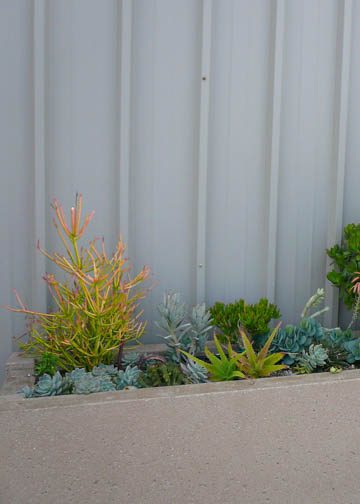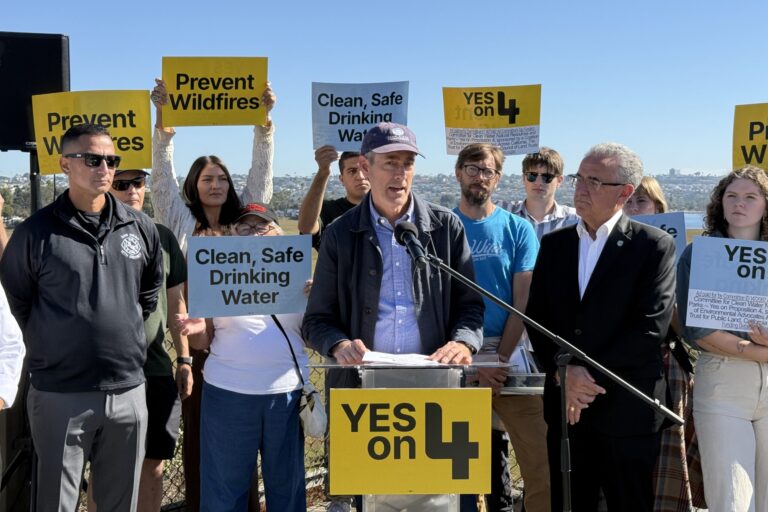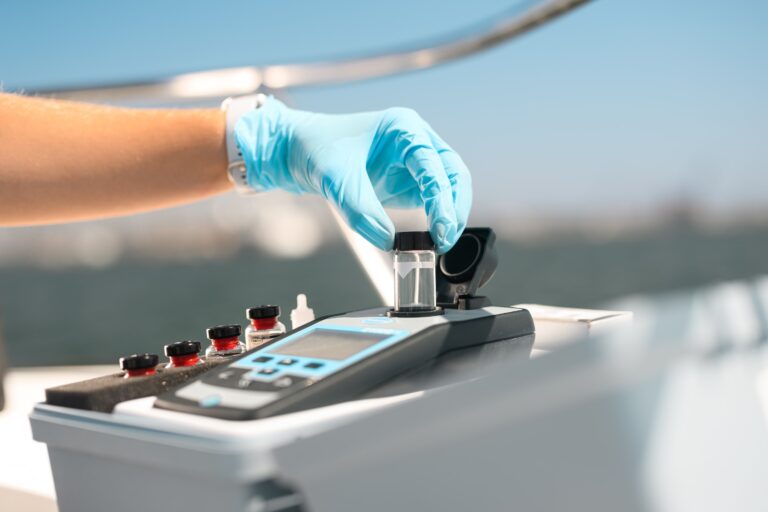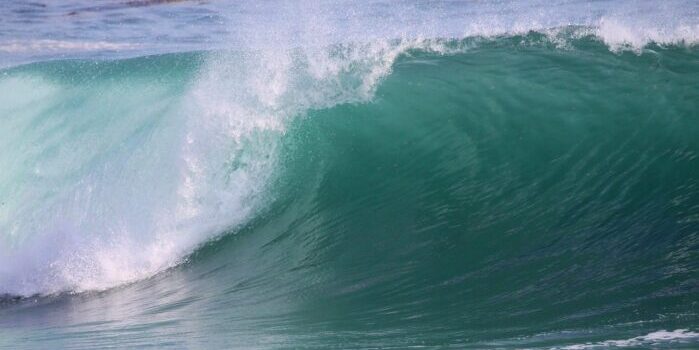Conservation in the post-drought era
On the heels of one of the worst droughts in California history – and in the face of a rapidly changing climate and increasingly erratic weather patterns – San Diego Coastkeeper advocated for statewide legislation that would make efficient water use the norm for our region and improve water supply resilience. Working alongside our environmental and water agency partners throughout the 2017 and 2018 California legislative sessions, we aimed to secure long-term water conservation measures designed to reduce water waste and ensure sustainable water supplies for our region. The result of our work and the efforts of many dedicated organizations and individuals throughout our state was the passage of conservation legislation and its subsequent approval by then-Governor Jerry Brown. This set the stage for a new paradigm for water efficiency management here in San Diego and across the state of California. The legislation requires water agencies to report water use and conservation numbers every month, and to maintain – to the maximum extent possible – the conservation savings our region and state were able to achieve during the drought.
While that legislation isn’t slated to take full effect for a few more years – the law calls for water agencies throughout the state to develop water use objectives by 2023 – we are always keeping an eye on state water use overall. Southern California’s winter month are when our region typically gets the most rainfall, and are known as our “wet season” as a result. We find it interesting and useful to compare water use numbers from the most recent wet season (in this case, winter 2018-2019) with the winter of 2014-2015, which was the wet season that occurred during the height of the drought. Keeping an eye on conservation trends (or lack thereof) is especially important in light of the fact that while the 2018-2019 wet season was wetter than average, seven of the last ten years have been drier than normal, and we can expect longer, more severe droughts to occur between occasional more extreme wet seasons, continuing to challenge our region’s flood control and water supply readiness.
Residential water use – comparing wet seasons
Here’s a quick highlight of average residential water usage in parts of the San Diego region during our most recent wet season (November 2018-April 2019), compared to water use in the same areas from October 2014 to April 2015 during the height of the drought.
| Water Agency * | 2014-2015 wet season residential gallons per day (GPD) | 2018-2019 wet season * residential gallons per day (GPD) |
| City of San Diego | 60 GPD | 52 GPD |
| Olivenhain Water District | 127 GPD | 93.8 GPD |
| Valley Center Water District | 152 GPD | 116 GPD |
| San Dieguito Water District | 111 GPD | 105 GPD |
| Sweetwater Authority | 59 GPD | 45 GPD |
| Otay Water District | 75 GPD | 52 GPD |
*Several water agencies in San Diego County failed to report water usage – see below
** through Feb 2019 – the most recent numbers available at the time of publication
Statewide, the average residential water use went from 75 GPD in 2015 down to 59 GPD in 2019. While this is a great improvement and looks like enormous progress, we note that average use in 2018 – a fairly dry year – was 76 GPD, higher than that of 75 GPD during the drought. It remains to be seen whether the progress made in 2019 is due to a conservation ethic taking hold, a wetter than average year which allowed residents to water lawns and landscapes less, or a combination of these and other factors.
Non-Reporting by local water agencies
Unfortunately, the data also gives light to a separate and concerning trend. In order to accurately and effectively assess water use, state and local agencies – along with interested and concerned members the public – need access to current water use data reports. However, fewer California water agencies reported use data in February 2019 (the most recent month for which there are reports) than in any month over the past few years. Here in San Diego County, the City of Oceanside, City of Escondido, and the Padre Dam Water District each failed submit on-time February 2019 water usage numbers to the state, thereby preventing an accurate accounting and comparison of water use in the northern portion of our county. These failures to report illuminate the need for mandatory reporting, and make the provision in the new statewide conservation legislation requiring water agency reporting even more important as we move forward.
Setting and meeting conservation goals


Looking ahead
As our climate changes and our weather and precipitation patterns become increasingly unpredictable, it it becoming more crucial than ever to treat water as it really is – an incredibly valuable and necessary resource that deserves to be used as wisely and efficiently as possible. During the last drought, we showed we can do that while still maintaining a high quality of life. Now it is time to show our commitment to sustainable water use holds true in wet years as well. Statewide conservation legislation is a big step in codifying water use efficiency, but until it takes effect, we’ll be keeping an eye on the numbers and sharing them with you here on the blog.
















